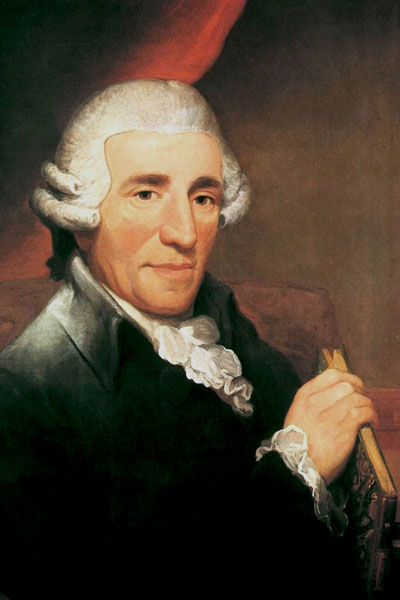Soli Deo Gloria
The San Gabriel Chorale is excited to announce our 2019-20 season of concerts. The fall concert program will include two J.S. Bach Motets and Franz Joseph Haydn’s Te Deum.
When: November 17, 2019 at 4:00 pm
Where: Lois Perkins Chapel at Southwestern University

Johann Sebastian Bach (1685-1750) was a prolific German composer and organist whose musical language combines original inventiveness, technical demands and intellectual mastery in a balance that is distinctive and unique. His compositions were considered a bit dated in his own day, though now he is regarded as one of the greatest composers of all time and certainly of the Baroque period.
Bach’s motet canon (BWV 225-230) consists of six works, dating from 1723-1727. We are including two in our concert: Jesu meine Freude and Singet dem Herrn ein neues Lied. Jesu meine Freude is the longest and most musically complex of the six, set for 5 vocal parts. The texts speak of Jesus freeing man from sin and death. Singet dem Herr nein neues Lied is a joyful piece written for a double chorus and written in a three movements. The text is based on Psalms 149, 103, and 150 – all uplifting and rejoicing in praise of God.

Franz Joseph Haydn (1732-1809) was an Austrian composer of the Classical period who has been called “Father of the Symphony” and was important in the development of chamber music forms. He spent much of his long career as a court musician to a prince and many of his compositions were upbeat and entertaining. In his more mature years, his works began to reflect weightier themes of the meaning of life and purpose of mankind. These themes are explored in The Creation and The Seasons, two oratorios the San Gabriel Chorale have performed in past seasons. Haydn was also a friend and mentor of Mozart and a tutor to a young Beethoven.
Te Deum, composed around 1799, is a three movement choral work commissioned by Empress Marie Therese, wife of Franz II of Austria. The structure resembles a concerto with an Allegro Adagio Allegro format, going from C major to C minor and returning to a cheerful C major for the final movement. This piece was all but forgotten until the 1950’s. Since then, Te Deum has become one of the most popular of Haydn’s choral works.

